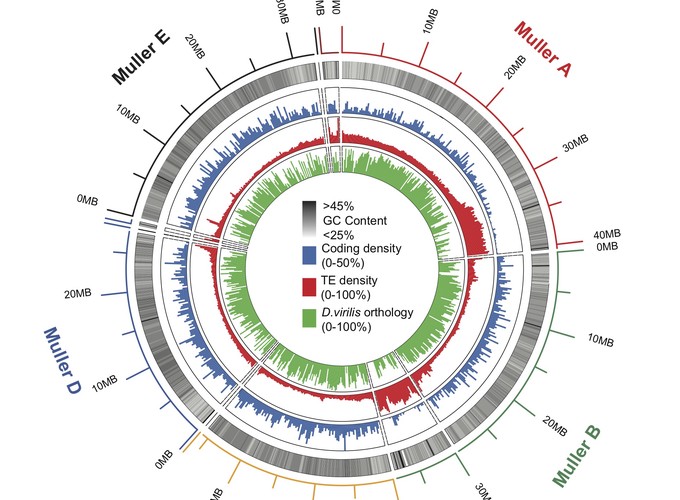The Genome of Drosophila innubila Reveals Lineage-Specific Patterns of Selection in Immune Genes
Abstract
Pathogenic microbes can exert extraordinary evolutionary pressure on their hosts. They can spread rapidly and sicken or even kill their host to promote their own proliferation. Because of this strong selective pressure, immune genes are some of the fastest evolving genes across metazoans, as highlighted in mammals and insects. Drosophila melanogaster serves as a powerful model for studying host/pathogen evolution. While Drosophila melanogaster are frequently exposed to various pathogens, little is known about D. melanogaster’s ecology, or if they are representative of other Drosophila species in terms of pathogen pressure. Here, we characterize the genome of Drosophila innubila, a mushroom-feeding species highly diverged from D. melanogaster and investigate the evolution of the immune system. We find substantial differences in the rates of evolution of immune pathways between D. innubila and D. melanogaster. Contrasting what was previously found for D. melanogaster, we find little evidence of rapid evolution of the antiviral RNAi genes and high rates of evolution in the Toll pathway. This suggests that, while immune genes tend to be rapidly evolving in most species, the specific genes that are fastest evolving may depend either on the pathogens faced by the host and/or divergence in the basic architecture of the host’s immune system.
